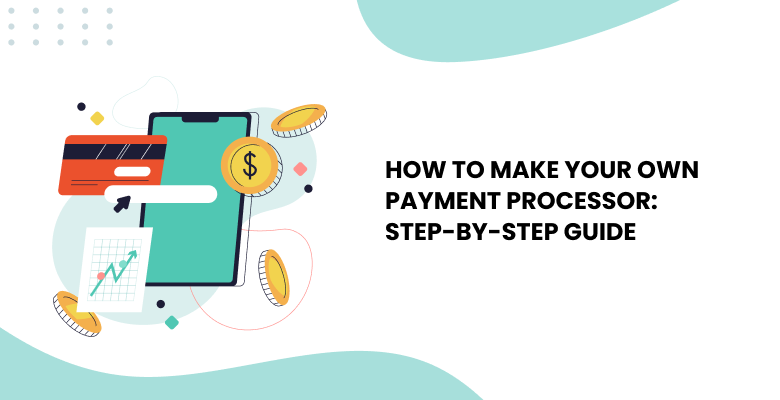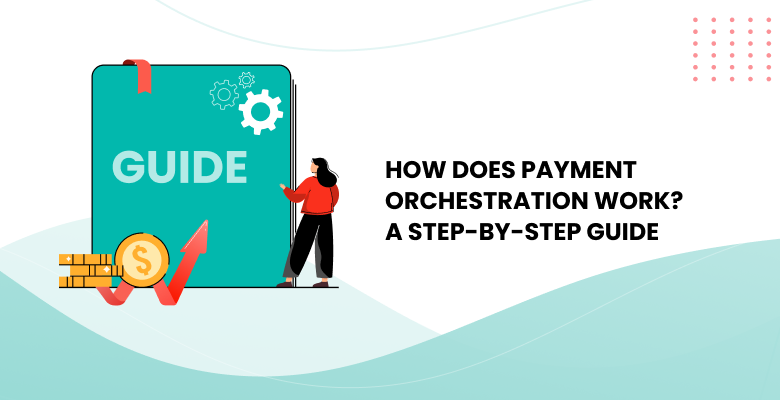Originating from Tencent’s WeChat platform, which debuted in China in 2011, it swiftly accumulated a large user base. By the year 2013, it had already attracted over 300 million users, with 70 million residing outside of China. In just half a decade, the active user count for WeChat climbed past the 1 billion mark
Embedded within the WeChat ecosystem, WeChat Pay has shown rapid adoption rates; it was utilized by more than 600 million individuals as of 2017. A notable point is that a significant portion of the transactions, roughly 80%, are small, generally not surpassing 1,000 yuan. The payment service is versatile, being accepted in various settings including, but not limited to, markets, public transportation, taxi services, and healthcare facilities.
To make a payment via WeChat Pay, the platform provides multiple avenues for transactions:
- Quick Pay – Simply present your personal QR code to be scanned by the vendor’s scanner, and the specified amount will be deducted from your linked card.
- Vendor’s QR Code – Using your mobile device, you can scan the QR code displayed by the vendor, input the payment sum, and approve it with your security code.
- Website Transactions – Payments can be made on websites that are WeChat Pay-compatible.
- In-App Payments – WeChat Pay can also be used within apps that have integrated the WeChat Pay SDK.
For instance, if you’re looking to pay for a subway ride, just display your QR code (Quick Pay) to the scanning terminal at the subway entry. When using a taxi service, you can either scan the driver’s QR code and approve the entered sum with your security code, or handle the transaction directly within your digital wallet. Similarly, for in-store purchases, you’ll need to scan the merchant’s QR code, key in the transaction amount, and then confirm the payment with your password.
Key Features of the Service
Receiving payments through WeChat Pay is advantageous for both e-commerce platforms and brick-and-mortar businesses like retail stores or eateries. Users can fund their WeChat Pay accounts by connecting a debit card to their WeChat profile.
Integration with WeChat App: WeChat Pay is integrated into the WeChat app itself, making it convenient for users who already use the messaging platform.
QR Code Payments: Both consumers and merchants can generate QR codes for easy scanning and payment.
Multiple Payment Options: Users can link their credit/debit cards, or even their bank accounts, to WeChat Pay, providing multiple ways to fund transactions.
Real-Time Payments: Payments are processed in real-time, ensuring quick and efficient transactions.
Utility Bill Payments: Users can also use WeChat Pay to handle various utility bills, mobile top-ups, and other routine payments.
Financial Products: WeChat Pay provides a gateway to various financial products, including investment and loan services.
High Security: Multiple layers of security, including fingerprint and password protection, ensure the safety of transactions.
Social Features: The app allows users to send “red packets,” a feature that is culturally significant in China, to friends and family, which is especially popular during festivals and special occasions.
How to Start With
To begin utilizing WeChat Pay, first make sure the WeChat application is installed on your mobile device and that you’ve successfully created an account. Launch the WeChat app, go to the section labeled “Me,” and select “WeChat Pay” to start the configuration. You will probably be asked to provide identification details such as a passport or national ID and to link a bank card. Usually, a card from a Chinese financial institution is necessary, although some local banks may be accepted in certain regions. After your credentials are confirmed, you can enable WeChat Pay. You’ll then be set to perform various financial transactions like mobile payments and transferring funds to contacts.











